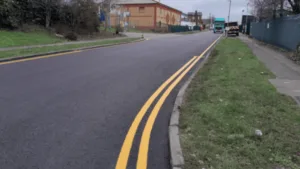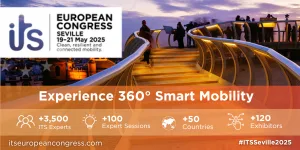Work on a road layout to speed up bus journeys into town from east Reading is due to start on Monday 12 August.
The introduction of a new inbound bus lane along London Road will lead to even faster and more reliable journeys for people travelling towards town by bus.
The scheme will open alongside the launch of an expanded 500 Winnersh Park and Ride service being introduced from 19 August.
The works will require three nighttime closures (7pm-1am) of London Road in both directions on 12, 13 & 14 August before the new bus lane formally comes into effect on Thursday 15 August. A locally signed diversion will be in place via the A3290, Winnersh Triangle junction and Wokingham Road.
The London Road resurfacing and lining works have been planned to take place during the summer holidays to minimise disruption, avoid Reading Festival traffic and to open in time for the launch of the improved park and ride service.
The London Road (Cemetery Junction) scheme is part of a wider £26m programme of bus service improvements in Reading funded by central government. The aim is to encourage greater use of public transport, reduce congestion and improve air quality and the health of residents.
Five new bus lanes are being built in areas around the borough where bus journeys are most often delayed by traffic congestion, particularly at peak times. The latest scheme on the A4 will be between Liverpool Road and Amity Road.
Two public consultations were held into the proposals in the summer and winter last year. Motorcycles will be allowed access to the new bus lanes following a number of representations through the consultations.
Reading already boasts an excellent bus network which is extremely well used, with 17.5m passenger journeys made in 2023/24. There were 101 passenger journeys on local bus services per head of population in Reading, compared with 60 in England and 30 in the south east.
The Council believes improving the reliability, speed and frequency of bus services is key to making travelling by bus the natural choice for both residents and visitors, resulting in less congestion, fewer carbon emissions, better air quality and improved health and wellbeing for residents.


























